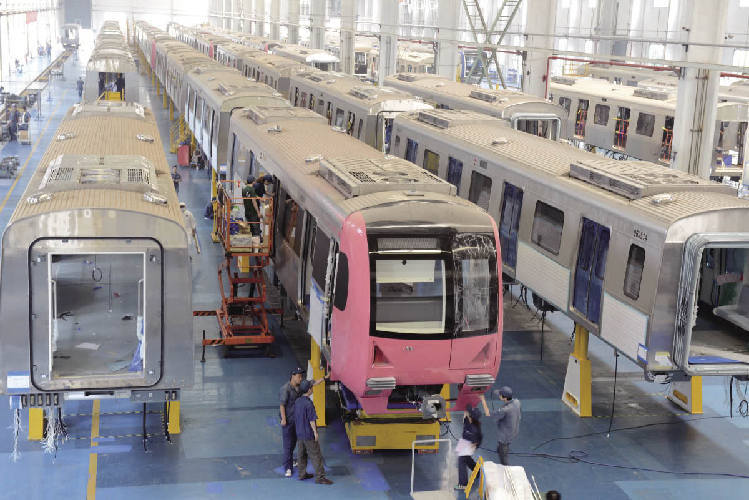Is the Chinese Economy Slowing Down?
In response to the Great Recession, the leverage of the Chinese economy has gone up. Credit from depository financial institutions to the non-financial (government, household and non-financial corporate) sectors increased from 107 percent of GDP in 2007 to 134 percent of GDP in 2012, based on central bank data. When credit intermediation outside the regular banking system (by so-called "shadow banking") is reckoned, the leverage rises further.
China arguably still has the ability and the room to sustain its growth record:
●Chinese policy makers are clearly aware of the risks, and have been using a mixture of financial and macro-prudential instruments to deflate pressure in the bubble-prone sectors, such as the real estate sector.
●Total debt of the non-financial sectors relative to GDP in China is still significantly lower than that of developed countries. By the author's reckoning, China's households and government debt, even taking into account implicit liabilities of local government-sponsored financial platforms, are way below the relevant thresholds. Unlike in developed countries, China's public sector has large, income generating assets.
●Regulatory oversight of "shadow banking" entities and activities has been strengthened. There has been no large-scale securitization of mortgage debt, and housing mortgage has remained a relatively small part of bank balance sheets.
●A large part of the developing bond market and "shadow banking" market channels savings to support infrastructure development, although there is some waste and inefficiency. Infrastructure investments help less developed areas to gain access to markets, lower transaction costs, and so increase the country's long-term growth potential.
●Sectors affected by cyclical downturns and protectionism in developed markets, such as iron and steel, shipbuilding, and solar photovoltaics industry, are under consolidation and adjustment, which would lower these sectors' leverage.
 |
| The assembly plant of CNR Changchun Railway Vehicles Co., Ltd. in Chongqing. |
While my answer to the question on looming financial crisis is no, I do believe that rising leverage of the economy has reduced the scope for resorting to stimulus in the future. The country needs to rebuild fiscal space and press ahead with reforms in the financial sector and public finances, especially in developing a genuine corporate bond market, improving the tax system, sorting out the central-local financial relations and containing implicit liabilities.
Recent changes in China's growth model may take time to get entrenched but their implications for its trading partners are unmistakable: The Chinese growth engine is being refitted to become more efficient. As a result, the surge of world market commodity prices over the last decade may be softening, entailing adjustment in primary commodity exporters.
Perhaps more importantly, a more enduring Chinese growth engine is in the making. In this multi-speed world, high growth countries will trade more with each other. Following double-digit growth in 2010-2011, total trade between China and Latin America continued to outpace global trade, reaching US $261 billion in 2012. Moreover, as emerging markets develop, we will see more direct investment between developing countries along with the rise of emerging market multinational corporations.
Looking ahead, with the rising income of 1.3 billion consumers the Chinese market is expanding rapidly. As Chinese President Xi Jinping noted during the recent BRICS summit in Durban, over the next five years China's merchandise imports could amount to US $10 trillion, outbound direct investment is expected to reach US $500 billion and outbound tourists 400 million. China's development provides great opportunities for its trading partners.
WANG JIANYE is economic counselor and chief economist of the Export and Import Bank of China. This article is based on the author's speech at CAF-ILAS Conference on Common Agenda Facing China and Latin America on May 7, 2013.

